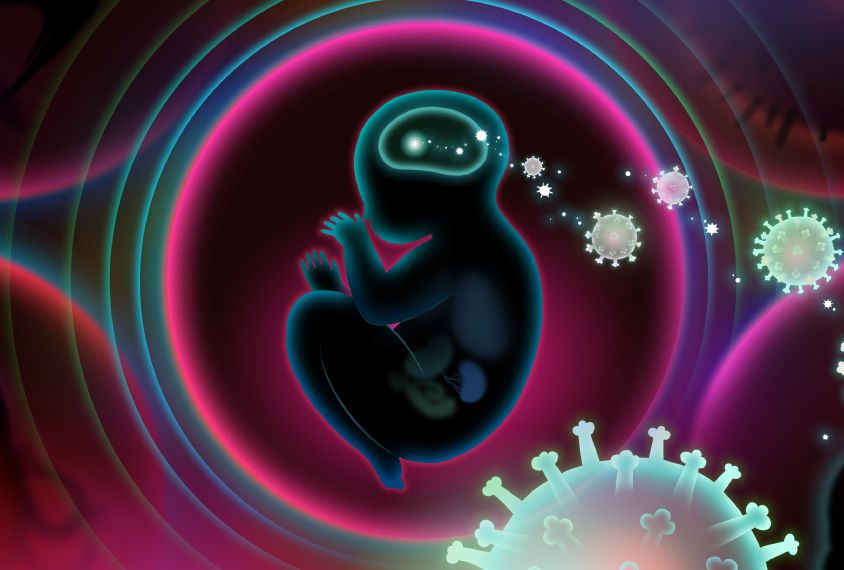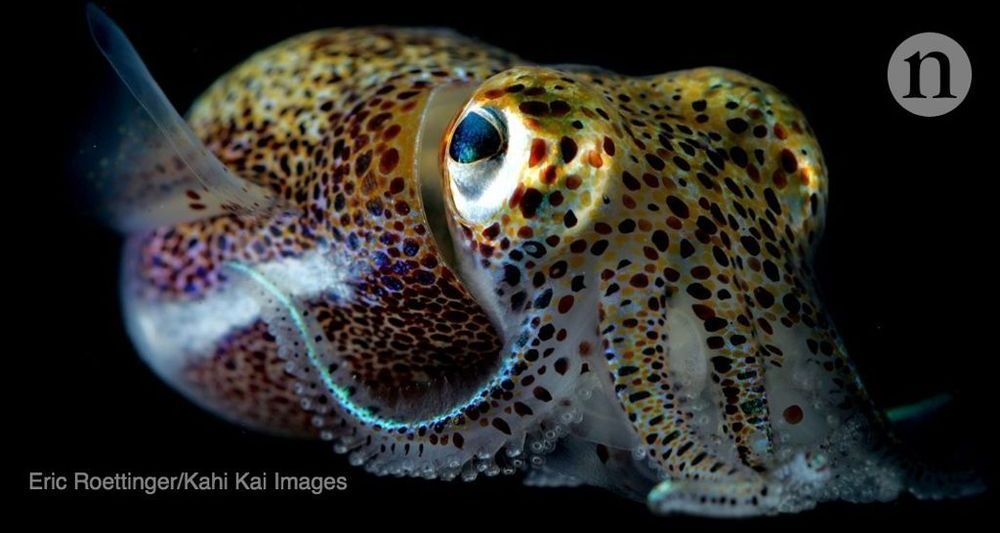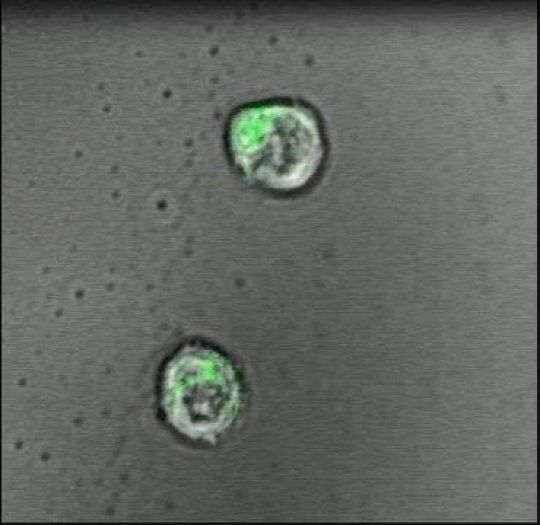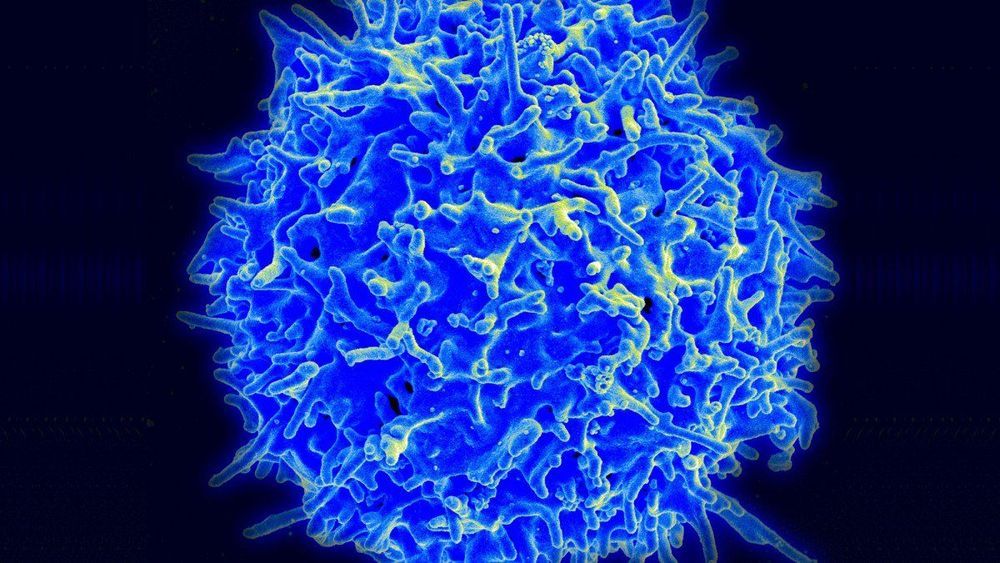BYU electrical engineering students have stumbled upon a very unconventional method that could speed up lab-on-a-chip disease diagnosis.
When someone goes to the hospital for a serious illness, if a bacterial infection is suspected, it can take up to three days to get results from a bacteria culture test. By then, it is often too late to adequately treat the infection, especially if the bacteria are resistant to common antibiotics.
BYU students are working on a project to diagnose antibiotic resistant bacteria, or superbugs, in less than an hour. Their method relies on extracting bacteria from a blood sample and then pulling DNA from that bacteria. If specific genetic codes indicating antibiotic resistance are present in the DNA, fluorescent molecules can be attached to these sites. Laser light can then be shined on the DNA samples and the molecules will light up.






